You are here
THE PATH OF THE POLE.Charles Hapgood.Revised Edition of Earth's Shifting Crust, 1958
Primary tabs
| Size | Seeds | Peers | Completed |
|---|---|---|---|
| 29.91 MiB | 0 | 1 | 269 |
Have you ever wondered where the moon came from?
Have you ever contemplated how the asteroid belt Came to be?
These are basic things to WONDER about!! We need everyone’s help!! Do your part!!
When the student is ready, the teacher will present one’s self.
Come help us figure this mystery OUT!!!!
No matter what your color or belief or age, YOU can be a scientist!!
Challenge yourself, your peers, your teachers. Participate in a revolution in science!!
UNDERSTAND, IT IS YOUR WORLD!!! & TOGETHER we can Figure it OUT!!!
When WE all UNDERSTAND HOW MUCH WE ARE THE SAME,
TRUE POSITIVE things happen all around YOU!!!
Your Children, (ARE) Tomorrow\'s LEADERS!!!-------------->>>>>>>>>>>>
------------------------------------------------------------------------->
These are for Planet X, Precession & Pole/Magnetic Reversal research ONLY!
NOT!! Religious debate!! Your faith is your OWN BUSINESS!!
We are here for Research ONLY!!
If you have an open mind, you will GO far!!!
------------------------------------------------------------------------->
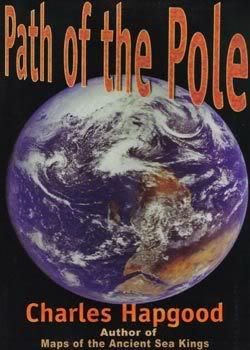
THE PATH OF THE POLE.Charles Hapgood.Revised Edition of Earth's Shifting Crust, 1958
+ Evidence for Ancient Atomic Warfare 50 pages
This is:
Charles Hapgood, two chapters from
THE PATH OF THE POLE
If anyone can find more chapters,
that would be awesome!
Copyright © 1970 by Charles H. Hapgood
A Revised Edition of Earth's Shifting Crust, 1958
All Rights Reserved
Published in Philadelphia by Chilton Book Company and simultaneously in Ontario, Canada,
by Thomas Nelson & Sons Ltd.
ISBN 0 8019 1234 2
Library of Congress Catalog Card Number 70-116978
Designed by Harry Eaby
Manufactured in the United States of America
by Westcott & Thomson, Inc., and Vail-Ballou Press, Inc.
TO THE SPIRIT OF FREDERICK S. HAMMETT
Late Director, Cancer Research Center of the Lankenau Hospital of Philadelphia. A Pioneer in Science, a Champion of the Free Mind; An Artist in Intellectual Inquiry; A Fighter Against Those Blights of the Scientific Community : Smugness, Intolerance and Materialism.
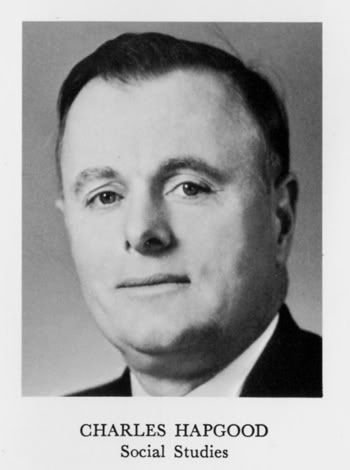
Foreword:
LIKE many people, I was introduced to Earth's Shifting Crust not by reading the original text nor through discussion in the technical journals, but through reading an abridged version in The Saturday Evening Post. This was an unusual experience, to read something of scientific interest in a family magazine, but what I read was even more unusual. I found myself reading a reasonably plausible explanation—the first ever printed—of the major deformations that have racked the earth's crust. The abbreviated version so intrigued me that I acquired a copy of the complete work at the earliest opportunity. The full text proved to be even more stimulating than its abbreviated predecessor. That first edition of the book was introduced to the public, through its foreword, by the eminent scientist Albert Einstein. I must confess that this fact impressed me to a considerable degree. At the time it never occurred to me that I might be asked to present the second edition; in fact, this still strikes me as somewhat incongruous.
Perhaps at this point I should briefly introduce myself to the reader. I am a mining geologist and a passable mineralogist, engaged in recent years in teaching these subjects. Geology, like all branches of science, has become separated into a maze of specializations. The adherents of one specialization are certainly more than dimly aware of what is going on in other fields, but can hardly consider themselves expert in any but their chosen field. I should not care to be accused of implying, through failure to admit the contrary, that I am a competent critic of Hapgood and Campbell's work. I most emphatically am not.
After carefully reading Earth's Shifting Crust, I began searching through the technical journals and other likely sources for the discerning criticism that I felt should be forthcoming from experts in the field. I should have known better than to expect it, I suppose, but hope springs eternal. A reaction came, of course, and largely it came from men who under ordinary circumstances are both rational and competent, but their reaction could hardly be described as rational; hysterical would be a better description. One observed, indignantly, that Hapgood was not a geologist. Admittedly this is a cardinal sin but hardly one punishable by scientific excommunication. Another cited, but failed to name, a scientist whose findings conflict with those of several world-renowned authorities selected by Hapgood as sources of technical data, and used this lack of agreement as an incontrovertible condemnation of the entire book.
I could continue with numerous examples, but this would be pointless. The fact is that almost without exception Americans commenting on the book couched their discussion in thick and unwarranted sarcasm, selecting trivia and factors not subject to verification as the bases for condemnation, seeking in this way to avoid the basic issues. Only the European reviewers were gracious enough to be fair, not that they accepted the theory without question, but they were prepared to offer it its day in court. Nowhere, in all that has been written about the book, have I found a single authority who has calmly and rationally offered a clear and documented criticism of the basic theory involved : that uncompensated masses on or in the earth may cause the earth's crust to slip over its core. Frankly, I wish someone would.
In the years since publication of the first edition of this work we have had, among other things, the benefit of the research of the International Geophysical Year. Incorporation of these and other data has had two extremely important effects upon Hapgood's theory: first to force a revision of the theory in relation to the mechanism of crustal displacement, and secondly to add tremendously to the weight of evidence supporting the thesis that crustal displacement has occurred. Regarding the first of these I believe that the author is to be congratulated for having the flexibility to adapt to new facts as they have become available. For the second, whereas there may have been a time when the occurrence of dislocations of the crust with respect to the earth's rotational poles could have been questioned, I personally feel that in the light of the data presented by Hapgood in this, the second edition of his book, such dislocations are no longer a matter of question.
Like many another engaged in teaching, I have grown weary of apologizing to my students for teaching time-worn theories whose logic, to use a kind word, is indefensible. The plain fact is that the logic of all previous theories of the earth's deformation is so obviously contrived, the holes are so gaping, that one is inclined to suspect that danger lurks there for the unwary. Now at last in Hapgood and Campbell's theory, actually a coalition of several older and poorly enunciated ideas, we find the first outwardly reasonable explanation of the observed facts in several major geological fields. Now I ask—no, I implore—my colleagues, those most competent to assume the task, to attack this theory with the weapons of well-documented proof. Or, failing this, let them build upon it to a better, clearer understanding of the forces that have deformed this planet we live upon. Let us not bury this idea prematurely through prejudice, as so many valuable ideas of the past have been buried, only to be sheepishly exhumed in later years. If it is an unworthy thing let it be properly destroyed; if not, let it receive the nourishment that it deserves.
****************************************************************************************
+
The Evidence for --
Ancient Atomic Warfare
Religious texts and geological evidence suggest
that several parts of the world have
experienced destructive atomic blasts in ages
past.
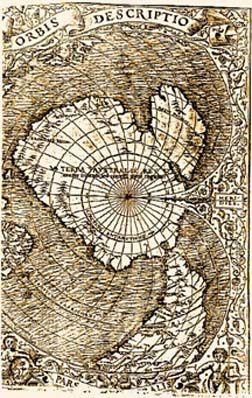
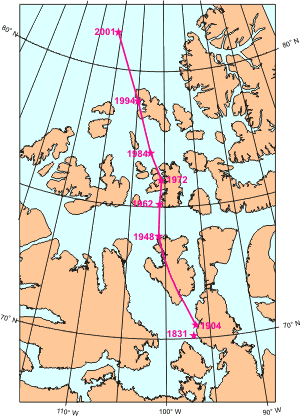
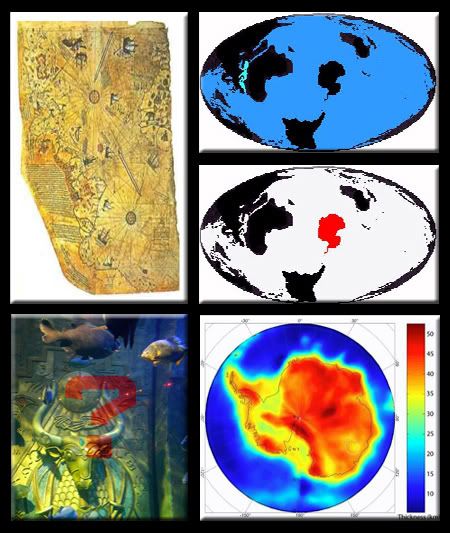
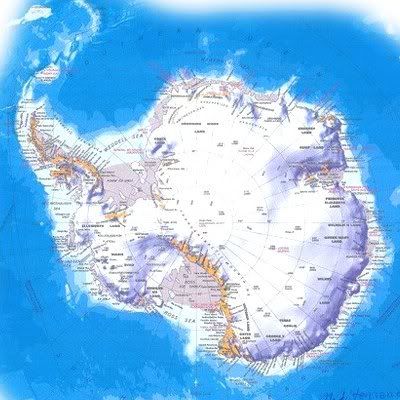
:wave:
- Log in to post comments
